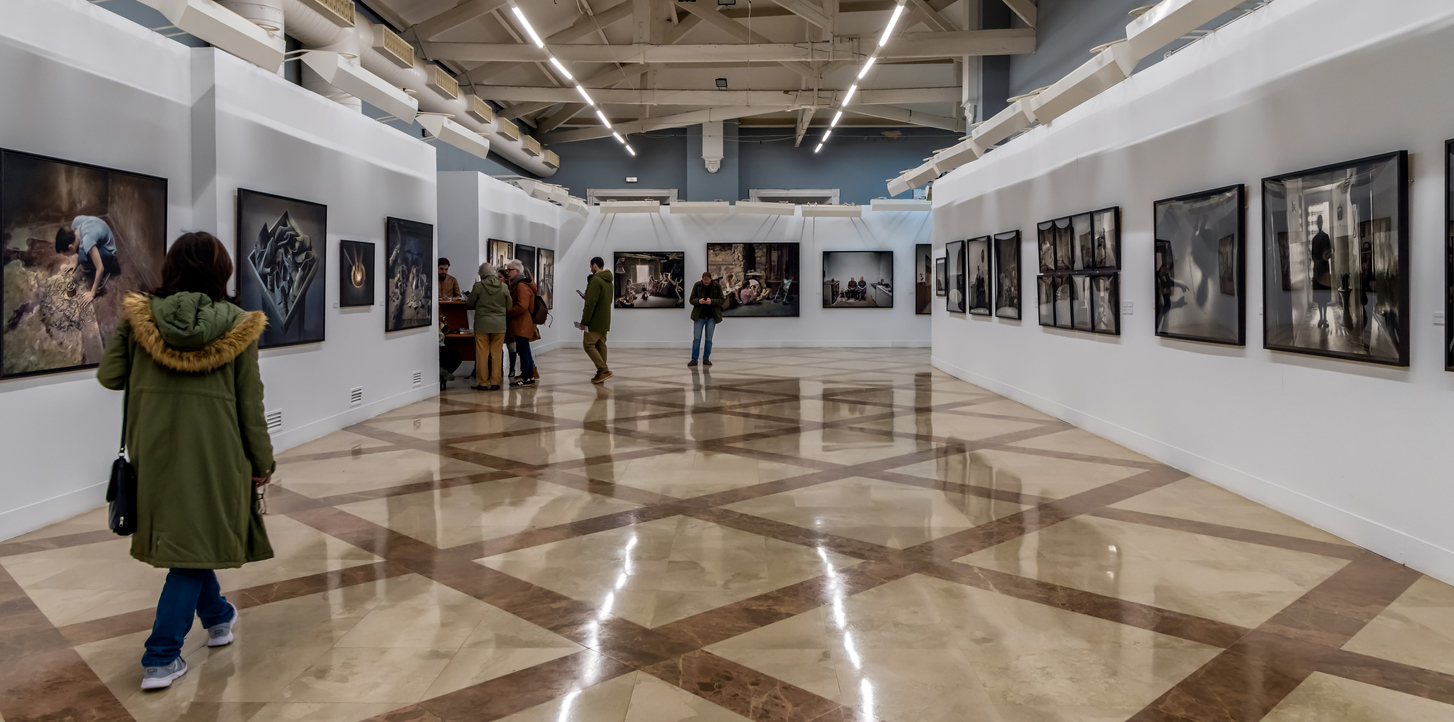In the realm of criminal exploits, art heists stand out as sophisticated endeavors that captivate both the public imagination and the shadowy world of crime. Defined by the calculated theft of priceless masterpieces, art heists blend intrigue, audacity, and a hint of mystery, creating a narrative that transcends the boundaries of traditional criminal activities. The allure of art theft lies in the mystique surrounding stolen artworks, their immense value, and the enigmatic world of art crime.
This fascination extends to the mysterious world of black-market art dealing and the relentless pursuit of justice by law enforcement and art experts. Join us on a journey through the intriguing world of art heists, where creativity meets criminality and history’s most cherished creations are held hostage by the daring few.
The Gardner Museum Heist
Located in Boston, Massachusetts, the Isabella Stewart Gardner Museum is renowned for its exquisite collection of art and its unique architectural design. The museum was founded by Isabella Stewart Gardner in 1903 and houses an array of priceless works from various artists and periods. These include works by Vermeer, Rembrandt, and Degas. The building itself is a work of art, designed to resemble a Venetian palace, and it serves as a testament to Gardner’s passion for art.
The Audacious Theft in 1990
This enchanting museum’s illustrious history was marred by a daring heist in 1990. [1] In the early hours of March 18, 1990, the Gardner Museum fell victim to one of the boldest art heists in history. Two thieves, dressed as police officers, entered the museum under the guise of a routine police call. They soon revealed their true intentions and subdued the security personnel, leaving the museum with an impressive haul.
The stolen treasures included priceless artworks such as Vermeer’s “The Concert,” Rembrandt’s “Self-Portrait,” Degas’ “La Sortie de Pesage,” and even an ancient Chinese bronze vessel. Interestingly, the criminals paid no attention to the museum’s most valued painting, “The Rape of Europa.” The audacity of this theft shocked the art world.
The Unsolved Mystery and Missing Masterpieces
Despite extensive investigations and significant rewards, the identity of the thieves and the whereabouts of the stolen masterpieces remain shrouded in mystery. The audacity of this heist, combined with the ongoing intrigue of missing, world-renowned artwork, keeps the Gardner Museum Heist an enduring enigma in the realm of art theft.
The Theft of Edvard Munch’s “The Scream”
Edvard Munch’s “The Scream” is a cultural icon celebrated for its profound and emotional portrayal of human anxiety and existential angst. Its value transcends the boundaries of art, symbolizing the universal experience of fear and turmoil. Beyond its artistic significance, the painting holds immense monetary worth, making it a coveted target for art thieves.
The 1994 Heist
On the morning of February 12, 1994, just as the Olympics’ opening ceremony commenced, the museum’s alarm system was triggered. Swiftly, the alarm alerted an attentive guard, who promptly contacted the police. Although law enforcement officers arrived at the gallery within minutes, they were met with a disheartening sight—The Scream had been stolen. [2]
Surveillance footage revealed the audacious heist: two individuals scaling a ladder, breaking a gallery window, expertly removing The Scream from the wall using wire cutters, and then escaping with the iconic artwork. Astonishingly, the entire operation was completed in a mere 50 seconds. The audacious thieves left a provocative postcard in the gallery bearing the taunting message, “Thanks for the poor security.” The painting was later recovered in a hotel in the beach resort of Åsgårdstrand.
The 2004 Heist
On August 22, 2004, at 11:20 am, two masked men entered Oslo’s Munch Museum, to the shock of museum visitors. The armed thieves approached “The Scream” (#4) and promptly removed it from the wall, as stunned bystanders watched. On their way out, the audacious thieves also seized another Munch painting, “Madonna.” To the astonishment of onlookers, no alarms were triggered when the artworks were stolen, and it was discovered that they were affixed to the wall only by wire. A resourceful bystander outside the museum managed to photograph the thieves as they fled to a waiting getaway car. [3]
Subsequently, six individuals were charged in connection with the theft. However, “The Scream” remained missing. Finally, on August 31, 2006, a breakthrough occurred when both “The Scream” and “The Madonna” were safely recovered.
The Bold Heist at the Louvre
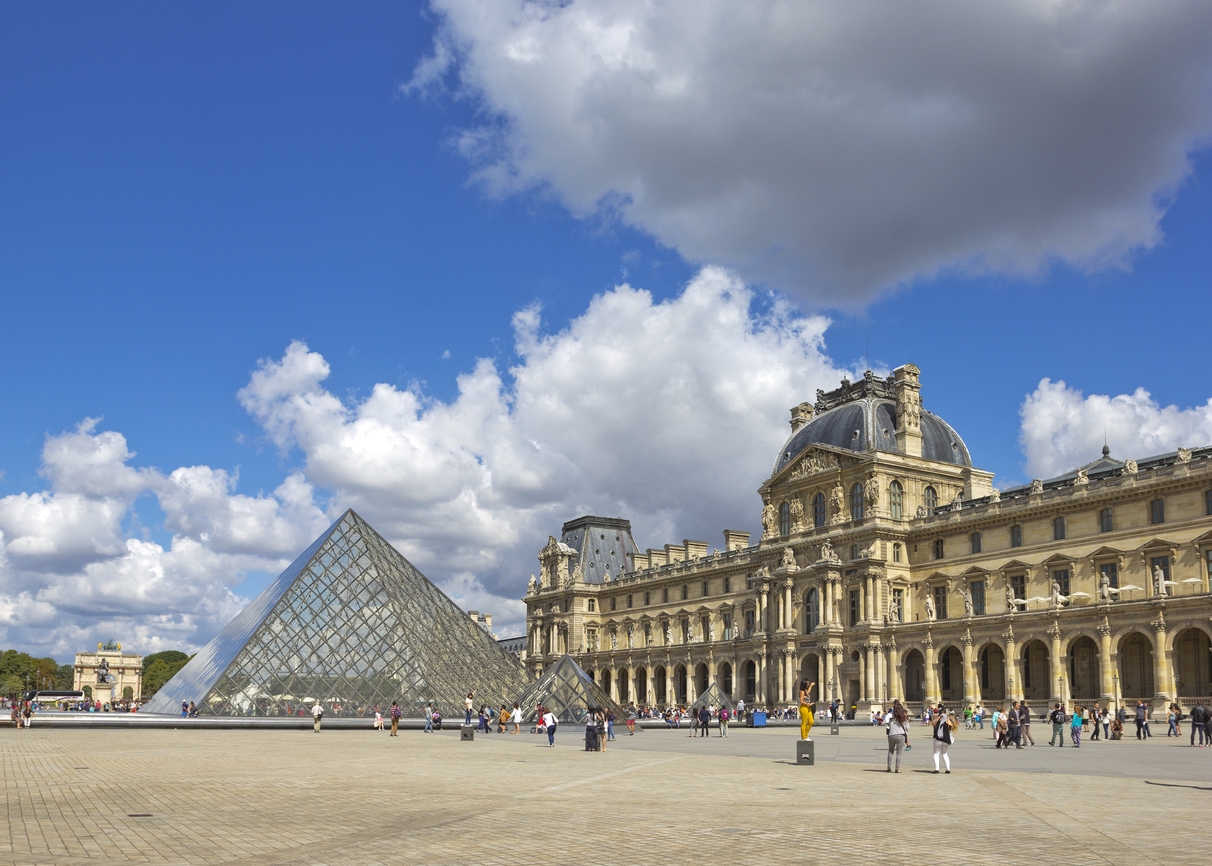
The Louvre Museum, located in Paris, stands as one of the world’s most renowned cultural institutions, housing an unparalleled collection of priceless artworks spanning centuries and cultures. It has paintings by famous impressionist artists, realist painters, and from the post-impressionist era. The artwork here is categorized into eight different curatorial departments.
The Daring Theft of the “Mona Lisa”
In 1911, the Louvre witnessed one of the most audacious art heists in history—the theft of Leonardo da Vinci’s iconic masterpiece, the “Mona Lisa.” An Italian handyman Vincenzo Peruggia stole the Mona Lisa from the Louvre. [4]
He had been hired by the Louvre to make protective glass cases for some of its famous works – including the Mona Lisa. After hiding in a closet overnight, he removed the painting, hid it under his smock, and made it out of the building. With artworks often removed to be photographed or cleaned, it was 24 hours before anyone even noticed the Mona Lisa was missing.
The Unexpected Return of the Masterpiece
The disappearance of the “Mona Lisa” led to an international art hunt. For over two years, the artwork remained missing, casting a cloud of uncertainty over its fate. However, in December 1913, the masterpiece was unexpectedly returned. Peruggia, the thief, contacted an art dealer in Florence, Italy, offering the “Mona Lisa” for sale. The dealer, suspecting the authenticity of the claim, contacted the police, leading to Peruggia’s arrest. Remarkably, the “Mona Lisa” was brought back to the Louvre Museum, much to the relief of art enthusiasts worldwide.
The Van Gogh Museum Heist
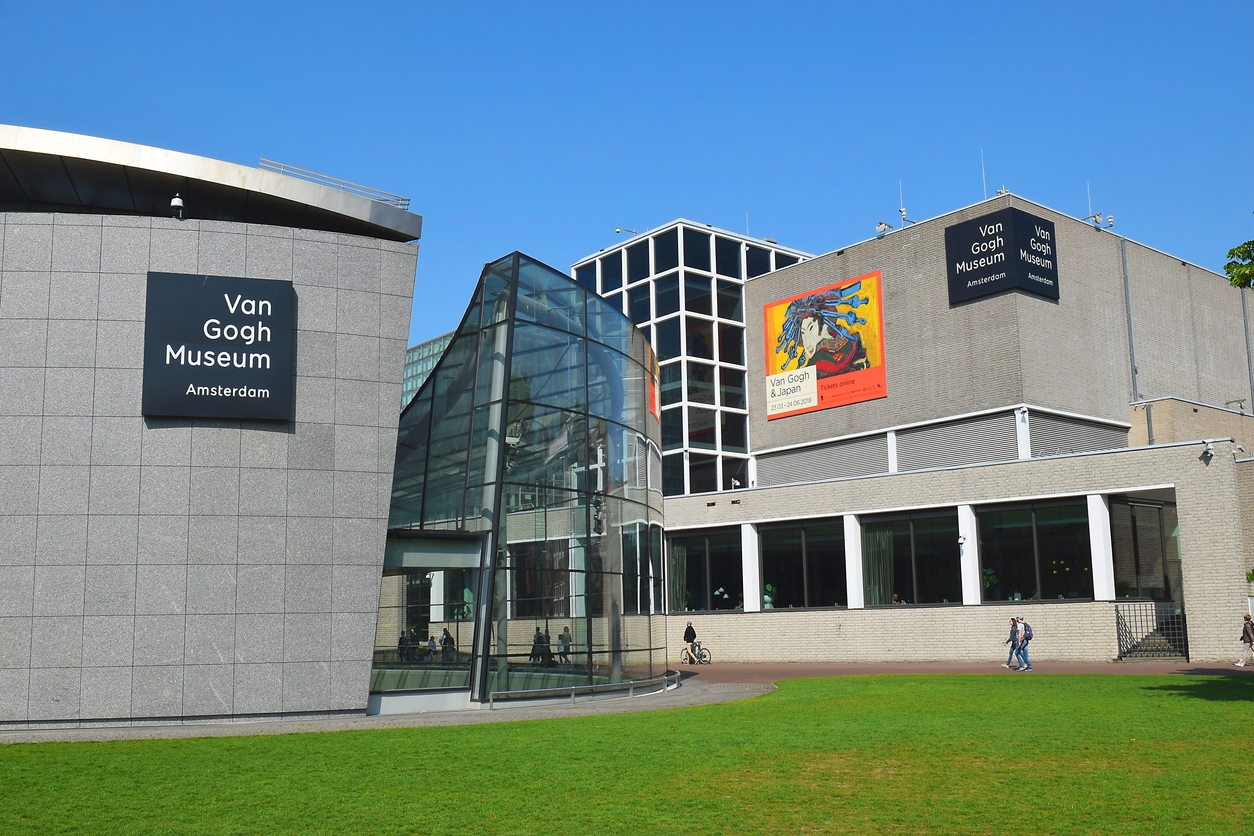
The Van Gogh Museum, located in the heart of Amsterdam, is a dedicated treasure trove of the iconic artist Vincent van Gogh’s works. It holds an extensive collection, making it a pilgrimage site for art enthusiasts worldwide.
The Theft of Two Priceless Van Gogh Paintings
In December 2002, audacity once again manifested itself in the world of art theft. Two daring thieves utilized a ladder to scale the museum’s roof and successfully infiltrated the Vincent Van Gogh Museum. In a mere matter of minutes, the criminals absconded with two priceless Van Gogh paintings: “View of the Sea at Scheveningen” and “Congregation Leaving the Reformed Church in Nuenen.” The combined value of these stolen artworks was estimated at an astounding $30 million. [5]
Their Recovery
Fast forward to September 2016, an entirely different incident in Italy brought the stolen Van Gogh paintings back into the spotlight. Italian police, as part of an investigation into the cocaine-trafficking Amato Pagano clan of the Camorra Mafia family, raided the house of chief Raffaele Imperiale’s mother.
During the search, they discovered assets amounting to $20 million. Hidden behind two walls, carefully wrapped in cloth, were the two Van Gogh paintings.
A European Heist Spree
Over several years, Europe witnessed a perplexing and extensive spree of art thefts that left cultural institutions reeling. This alarming sequence of incidents unfolded as the culprit targeted a wide range of artworks. Stéphane Breitweiser, a Frenchman with a penchant for art, embarked on a remarkable theft journey that took him across borders. His criminal portfolio included stealing relatively small paintings and prized masterpieces from museums in some of the most visited countries on Earth — France, Switzerland, and Germany. It became clear that Breitweiser’s motivations extended beyond financial gain. His heists seemed to be driven by a passion for collecting and the satisfaction of secretly obtaining some of the world’s most valuable artworks.
Notable Thefts
Breitweiser’s bold escapades spanned the course of his criminal career. With a staggering pace, he conducted a string of art heists across Europe, averaging approximately one every 15 days. His criminal journey began in 1995 and would continue for over two decades, resulting in the theft of an estimated 239 artworks from around 172 to 200 museums across the continent. [6]
Notably, he gained infamy for stealing a precious bugle from the Richard Wagner Museum in Switzerland in 2001. Other notable artworks from his stolen collection include Antoine Watteau’s Two Men, Sybille, Princess of Cleves by Lucas Cranach the Elder, and Cheat Profiting From His Master by Pieter Brueghel the Younger.
The Impact on Art Security and Recovery Efforts
Breitweiser’s reign of art theft terror underscored a concerning vulnerability in the world’s art institutions. His ability to systematically pilfer valuable artworks from museums, galleries, and private collections was a wakeup call for the art security community. Breitweiser’s case inspired a reevaluation of security measures and a more concerted international effort to protect cultural treasures.
The ‘Skylight Caper’
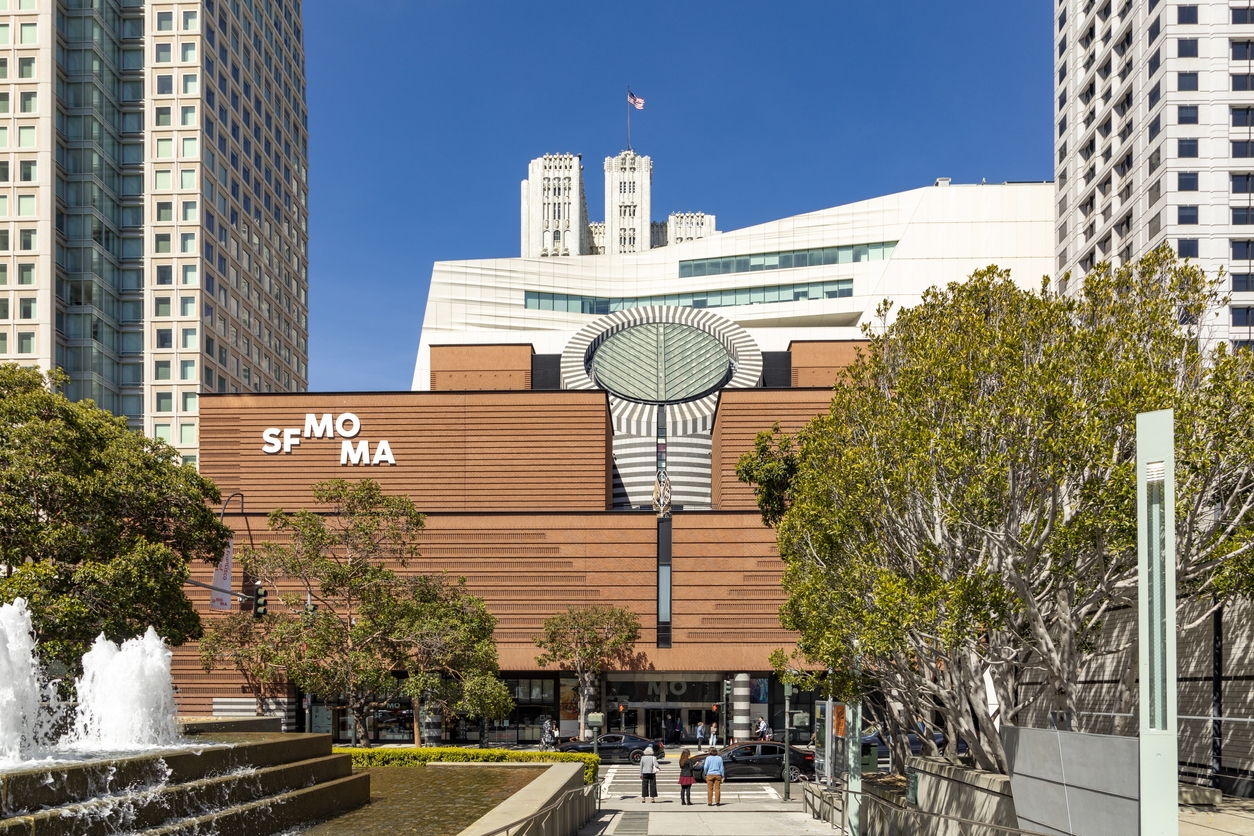
On a memorable Labor Day, September 4, 1972, while Canada’s hockey victory in the Summit Series against the USSR captivated the world’s attention, another event unfolded, relatively unknown but equally remarkable. The San Francisco Museum of Art became the stage for a daring heist that would etch its name into the annals of art theft history. [7]
The Thieves, the Stolen Art, and Their Escape
The heist began as a man equipped with climbing spurs scaled one of the trees within the vicinity nestled between the Montreal Museum of Fine Arts and the Church of St. Andrew and St. Paul. He accessed the museum’s rooftop and lowered a ladder to two accomplices who waited below. The trio then made their way into the museum through a compromised skylight. Within 30 minutes they had assembled their loot, which comprised a selection of paintings and artifacts before an alarm inadvertently tripped.
The heist artists hastily retreated, seizing what they could carry with them. Their illicit haul included 39 pieces of jewelry and 18 paintings, a veritable treasure trove that featured masterpieces by renowned artists such as Corot, Courbet, Delacroix, Brueghel the Elder, Rubens, and a Rembrandt, valuing a staggering $1 million. A total of $2 million in stolen art and artifacts had been pilfered from the very heart of the institution.
The Recovery of the Artwork
Remarkably, during the initial ransom negotiations that ensued, two stolen items, one of the two pilfered Brueghels and a pendant, were returned within months of the heist. However, the remainder of the stolen art has since remained elusive, prompting years of investigations, inquiries, and efforts to uncover their whereabouts.
A Rainy Night in the Loovre
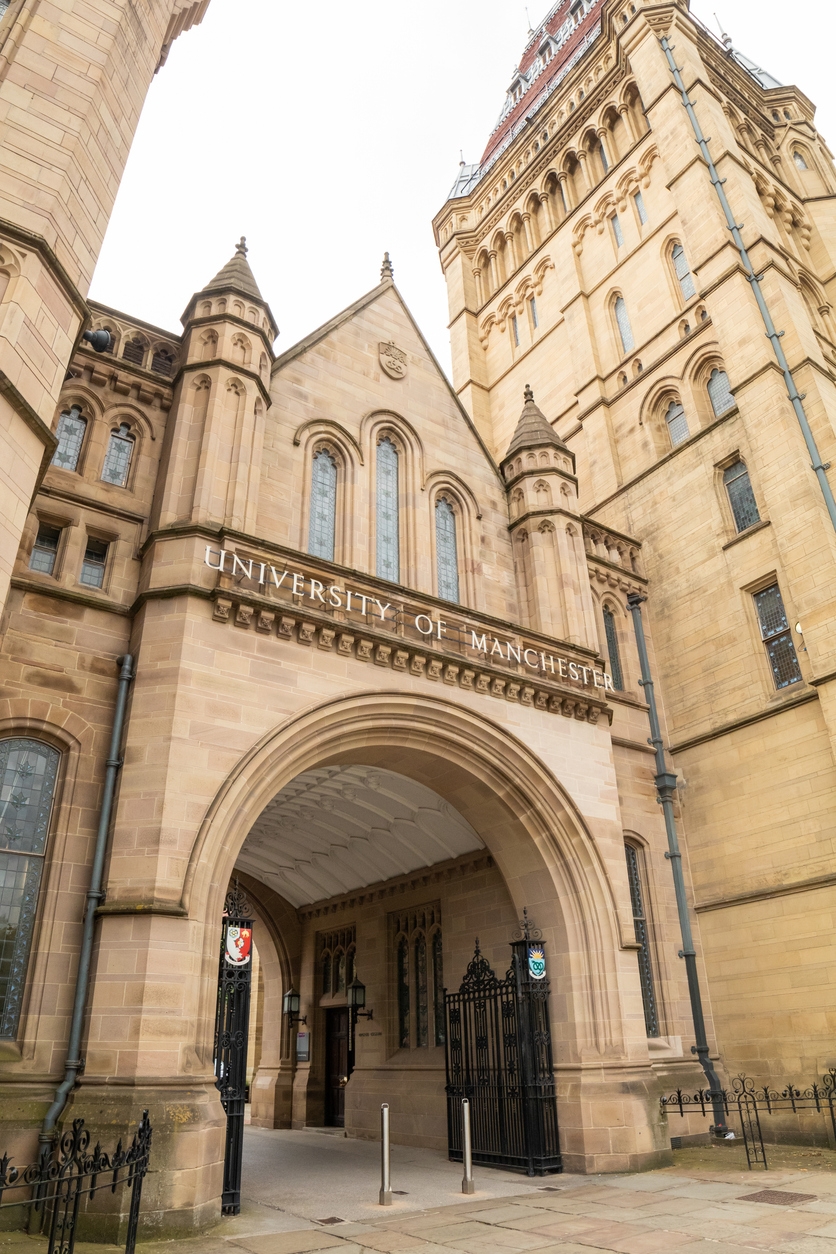
Nestled within the halls of The University of Manchester, England, the Whitworth Art Gallery stands as a repository of priceless artistic treasures. Among these, three exceptional works of art took center stage in an artful heist, their collective value soaring to a staggering £4 million.
The Audacious Theft and the Concealed Artwork
On the fateful night of 26 April 2003, sometime after 9 pm, an audacious heist unfolded within the confines of the Whitworth Art Gallery. Three precious artworks — Picasso, Vincent Van Gogh, and Paul Gauguin — each a masterpiece in its own right, were purloined. The art thief or thieves entered the gallery through the rear steel-covered doors in secrecy, defying the security measures that had been in place. The stealthy perpetrators swiftly extracted the stolen masterpieces from the Margaret Pilkington room, a daring act that remained unnoticed in the shadows of the night.
The Recovery and the Fate of the Stolen Art
Just one day after the heist, an anonymous tip reached the ears of the authorities. It led them to an unusual hiding place—a public bathroom with a boarded-up entrance, humorously christened “the Loovre.” [8] Here, inside a cardboard tube, a note revealed the audacious motivations behind the theft. The thieves declared their caper to be a mere expose of the museum’s flawed security, and within that tube lay the stolen treasures. These masterpieces had been found, unveiling a curious twist in the world of art theft and recovery.
Conclusion
Art heists remain captivating narratives that blend audacity with intrigue, where the worlds of crime and culture collide. The allure of valuable art is irresistible to those who seek to possess it at any cost. These tales of stolen masterpieces, from the daring thefts to the arduous recoveries, remind us that the world of art is not merely confined to the museum’s serene walls. Art thefts continually shape the narrative of our cultural heritage, raising questions about security, value, and human ingenuity.

